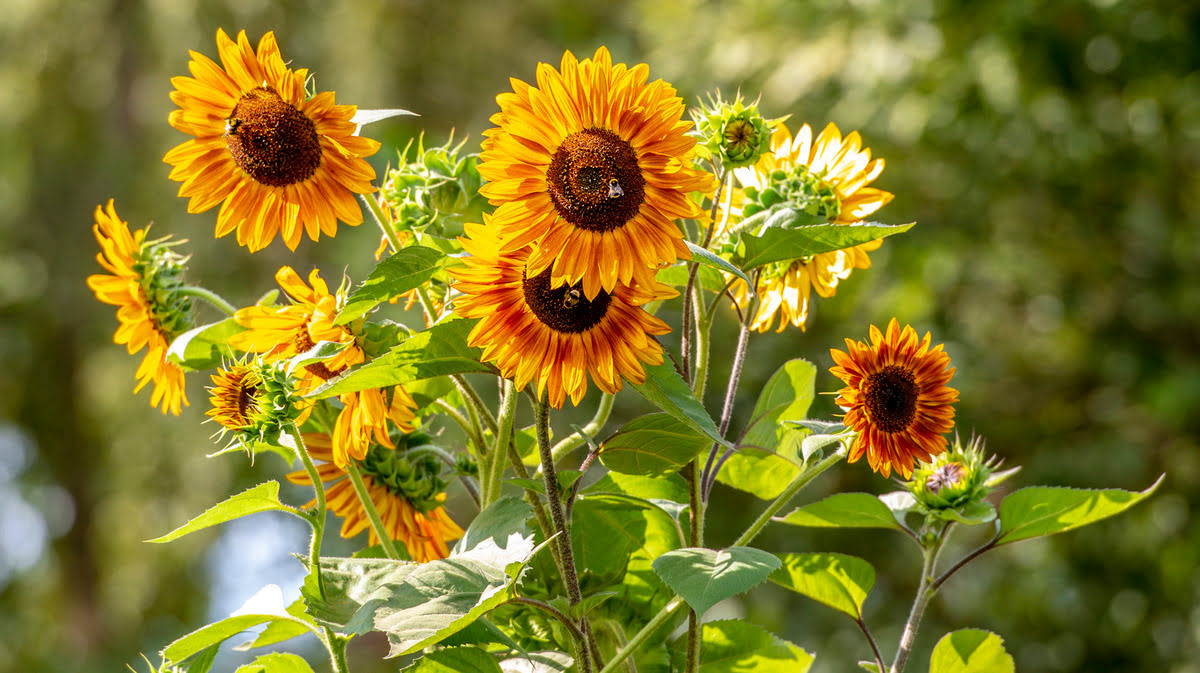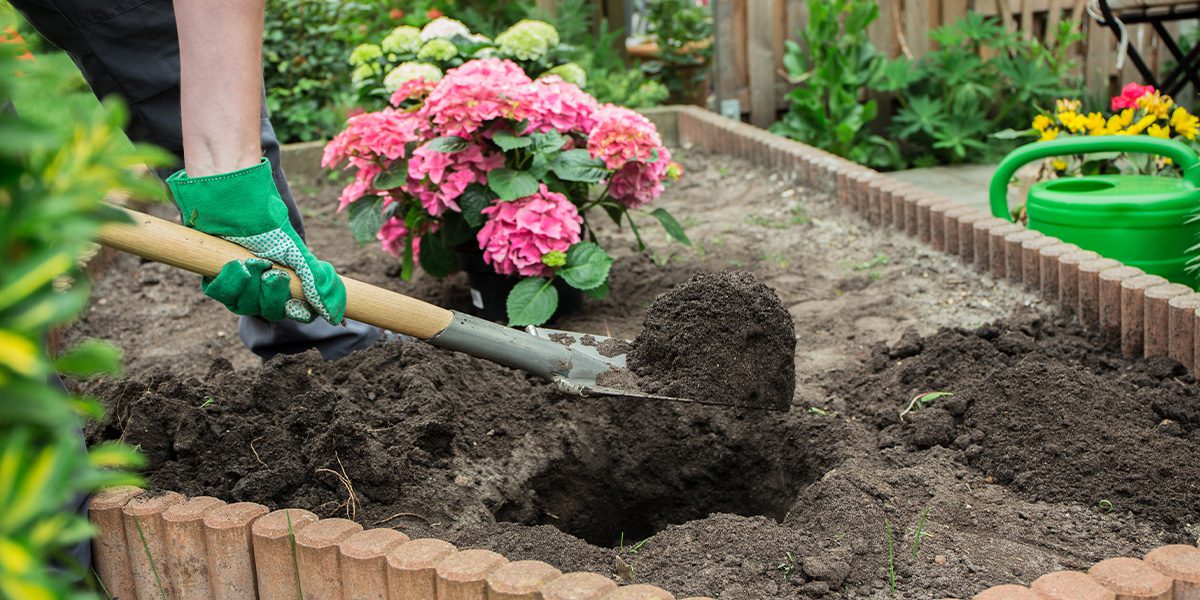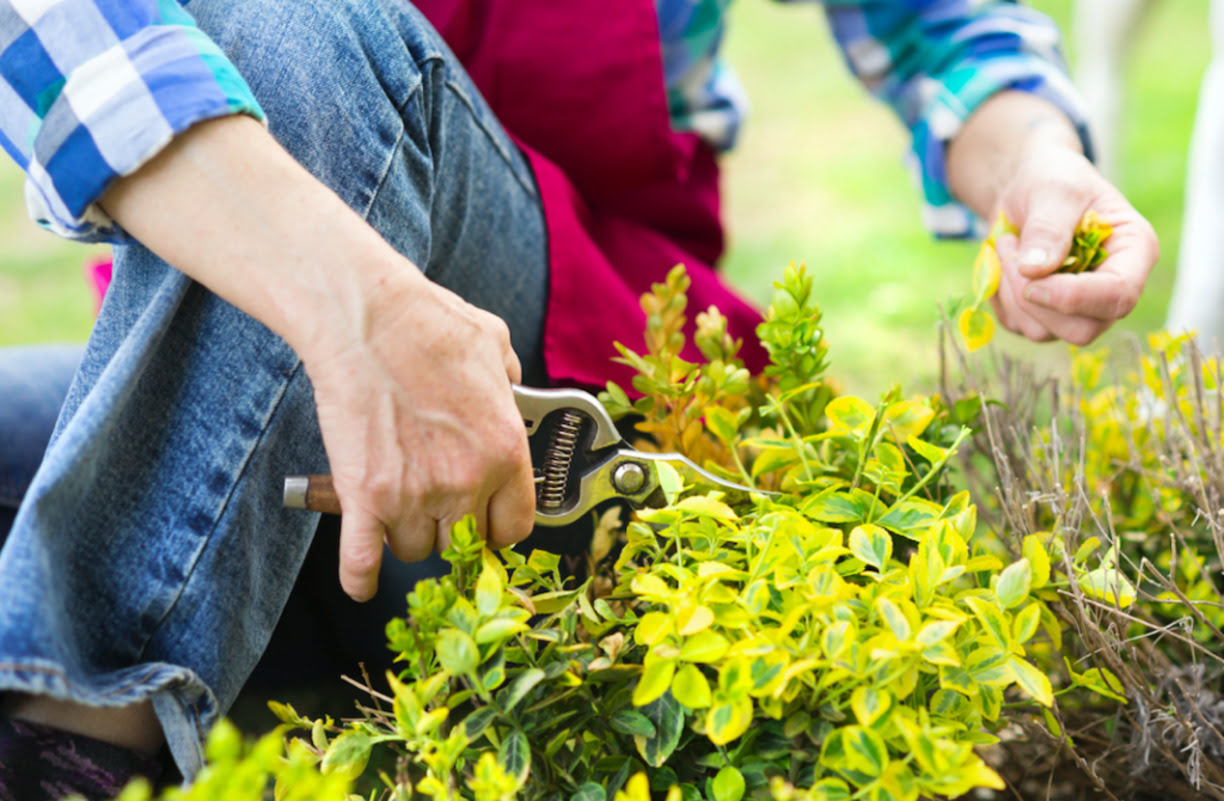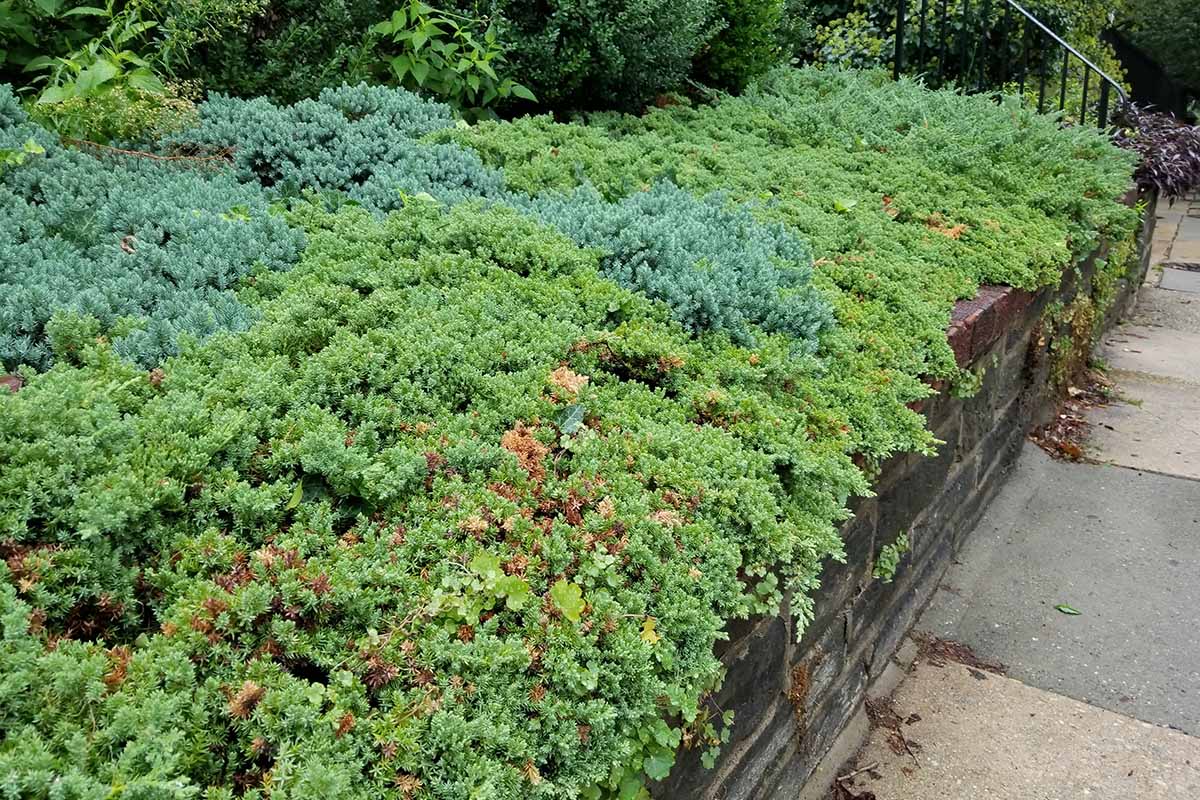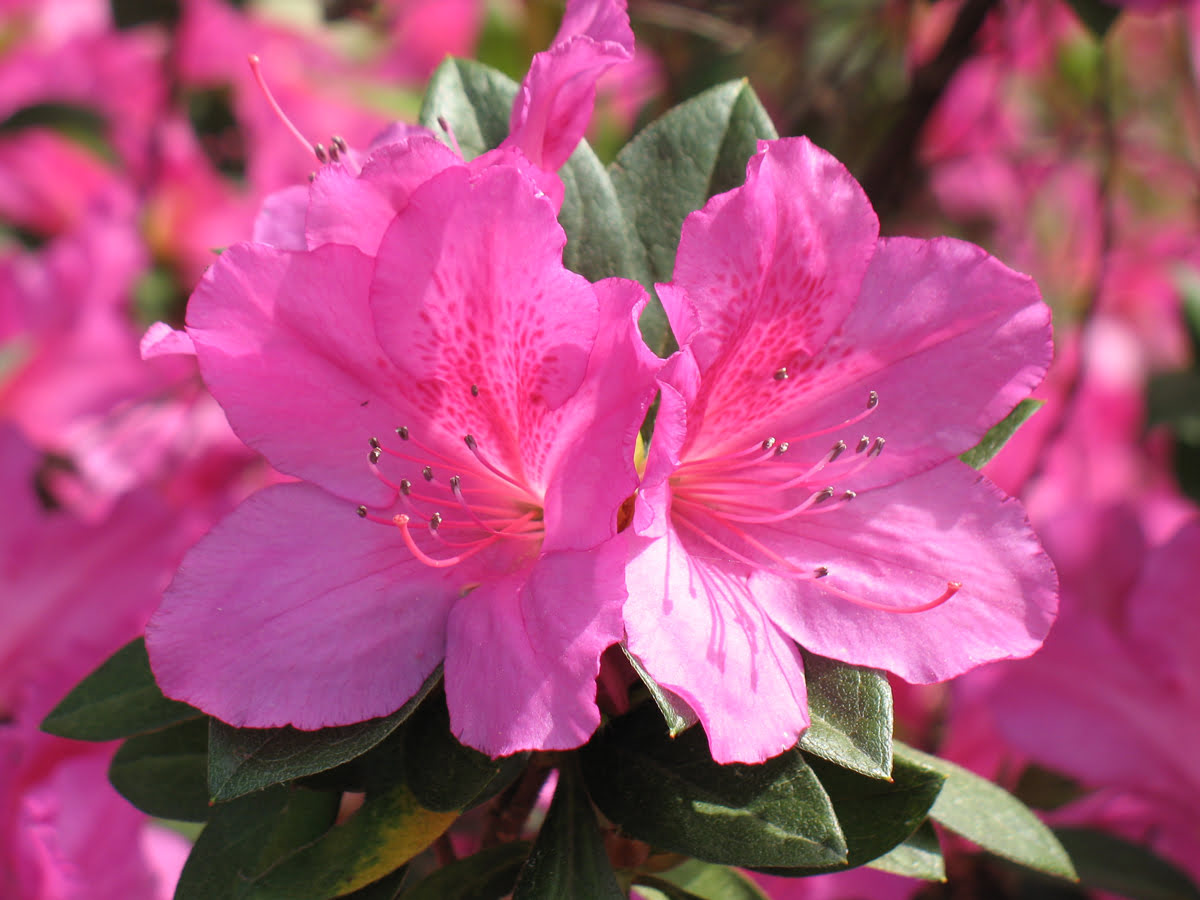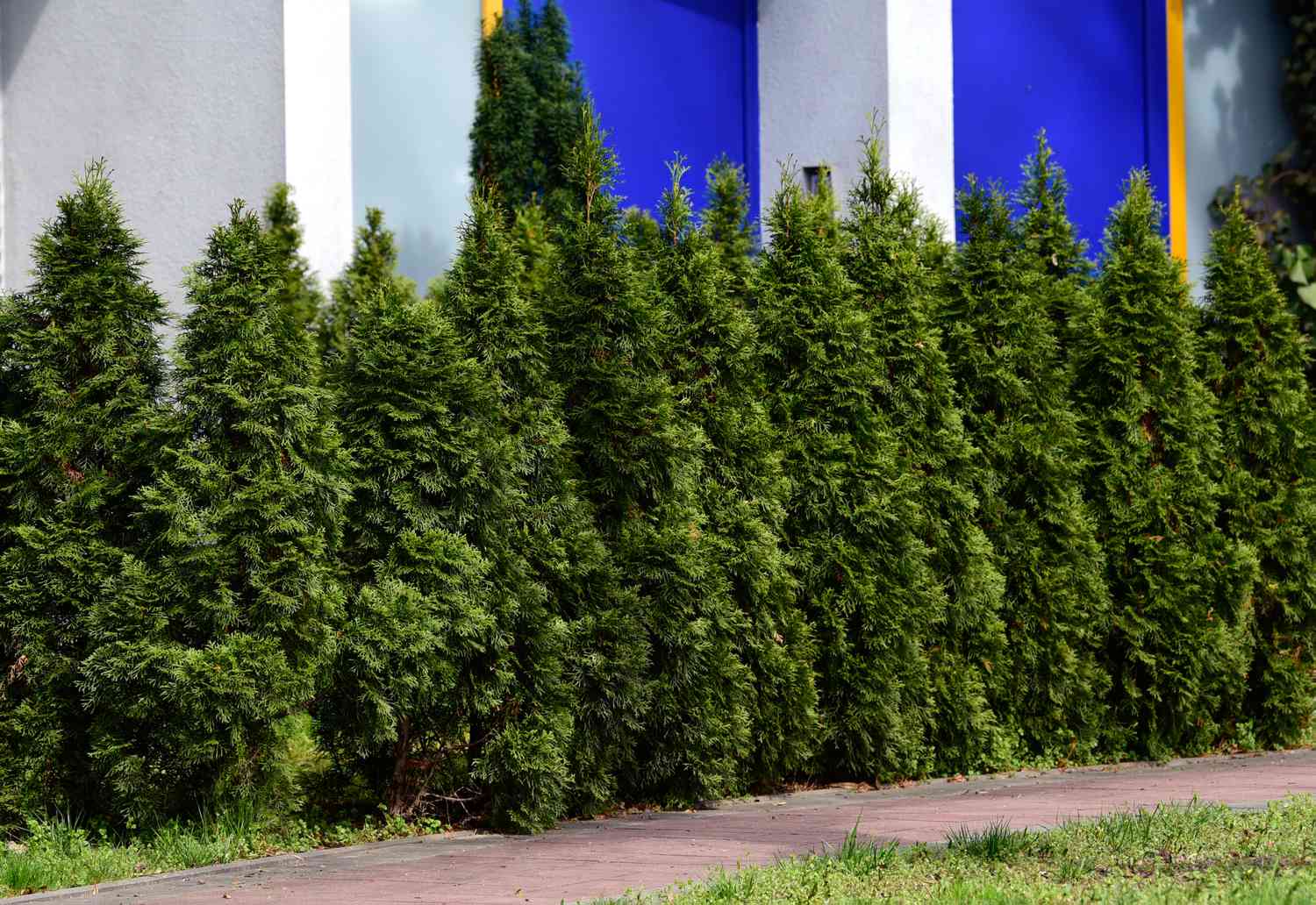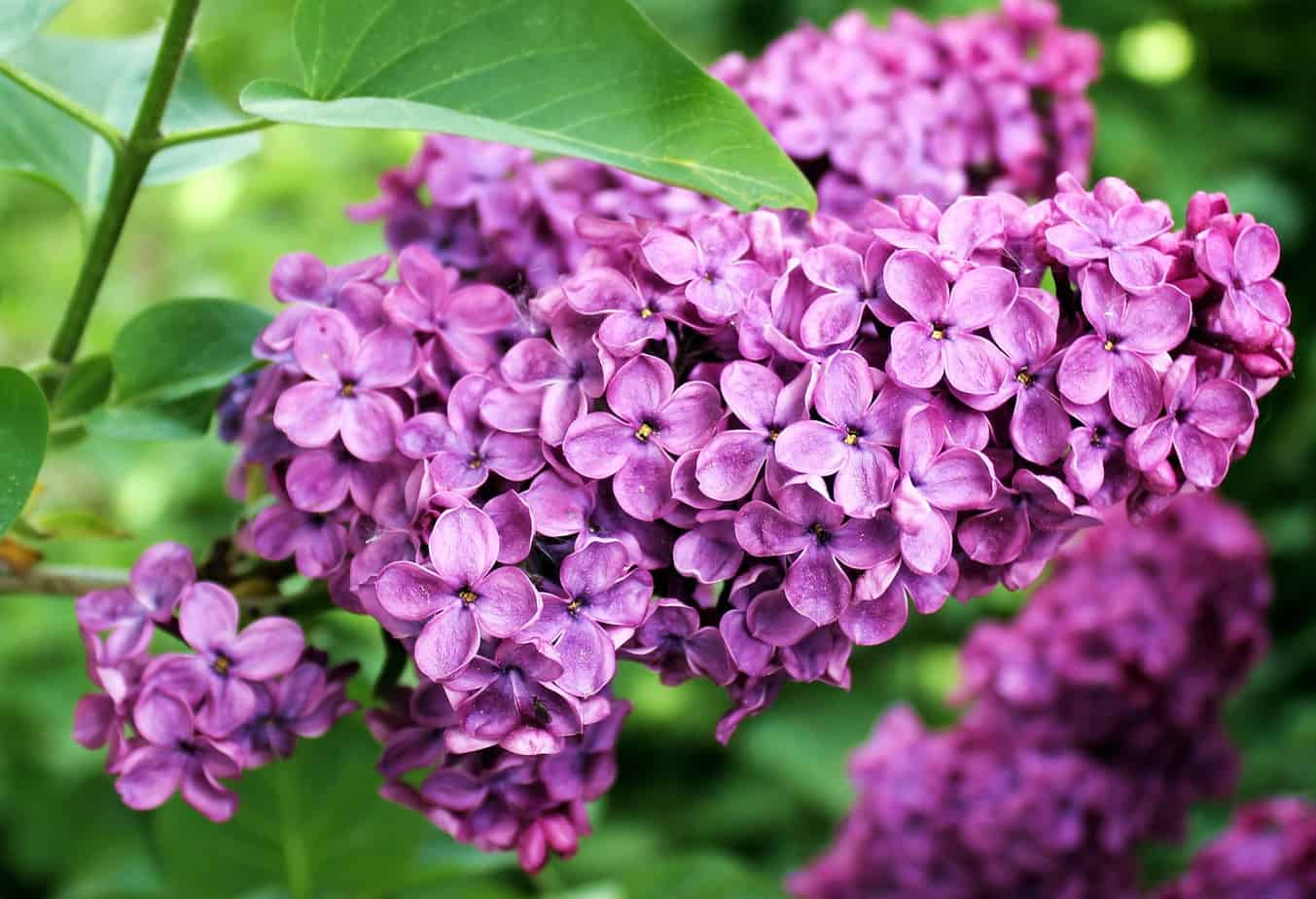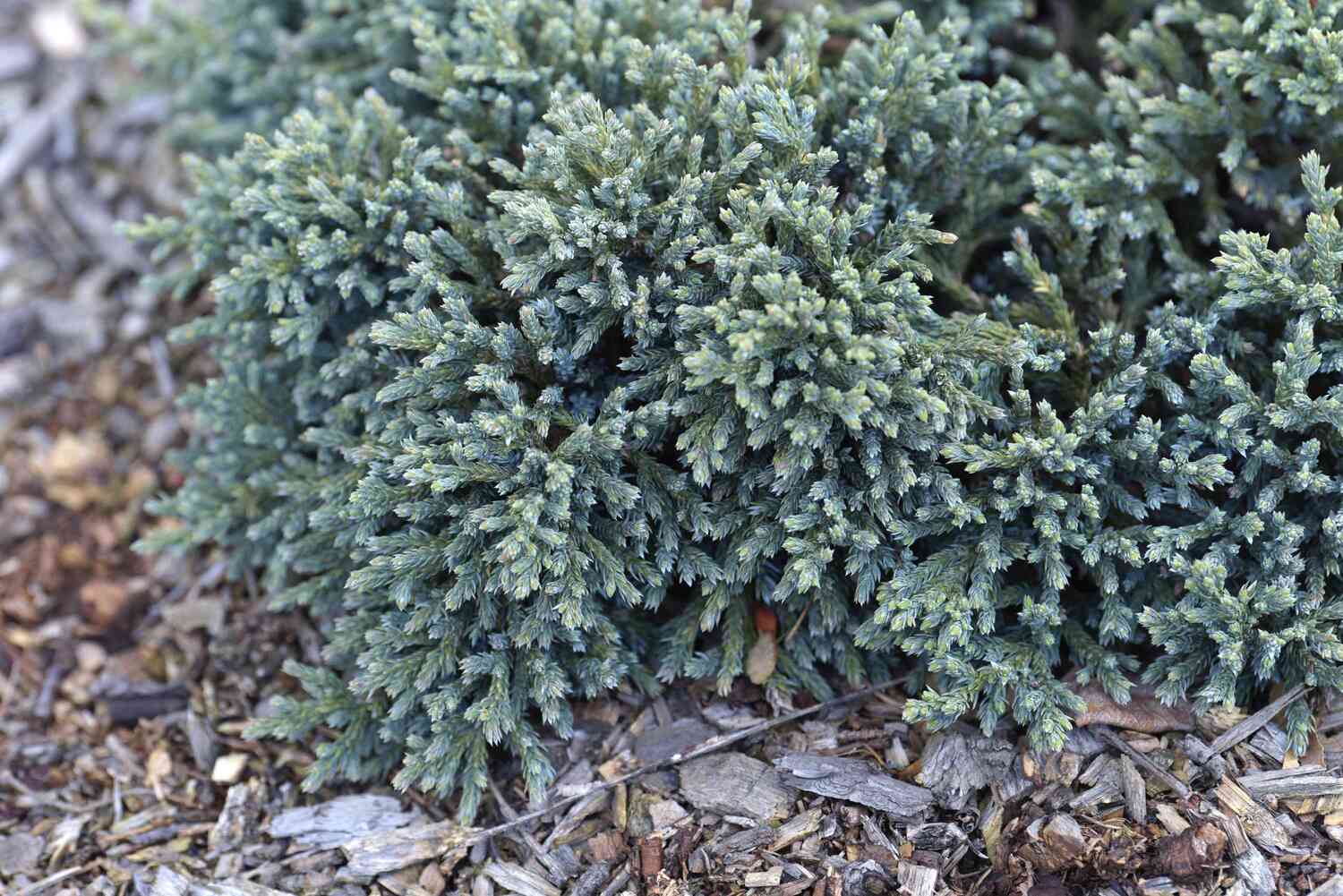Home>Gardening Techniques>Seasonal Gardening>When Is It Too Late To Plant Shrubs In Virginia
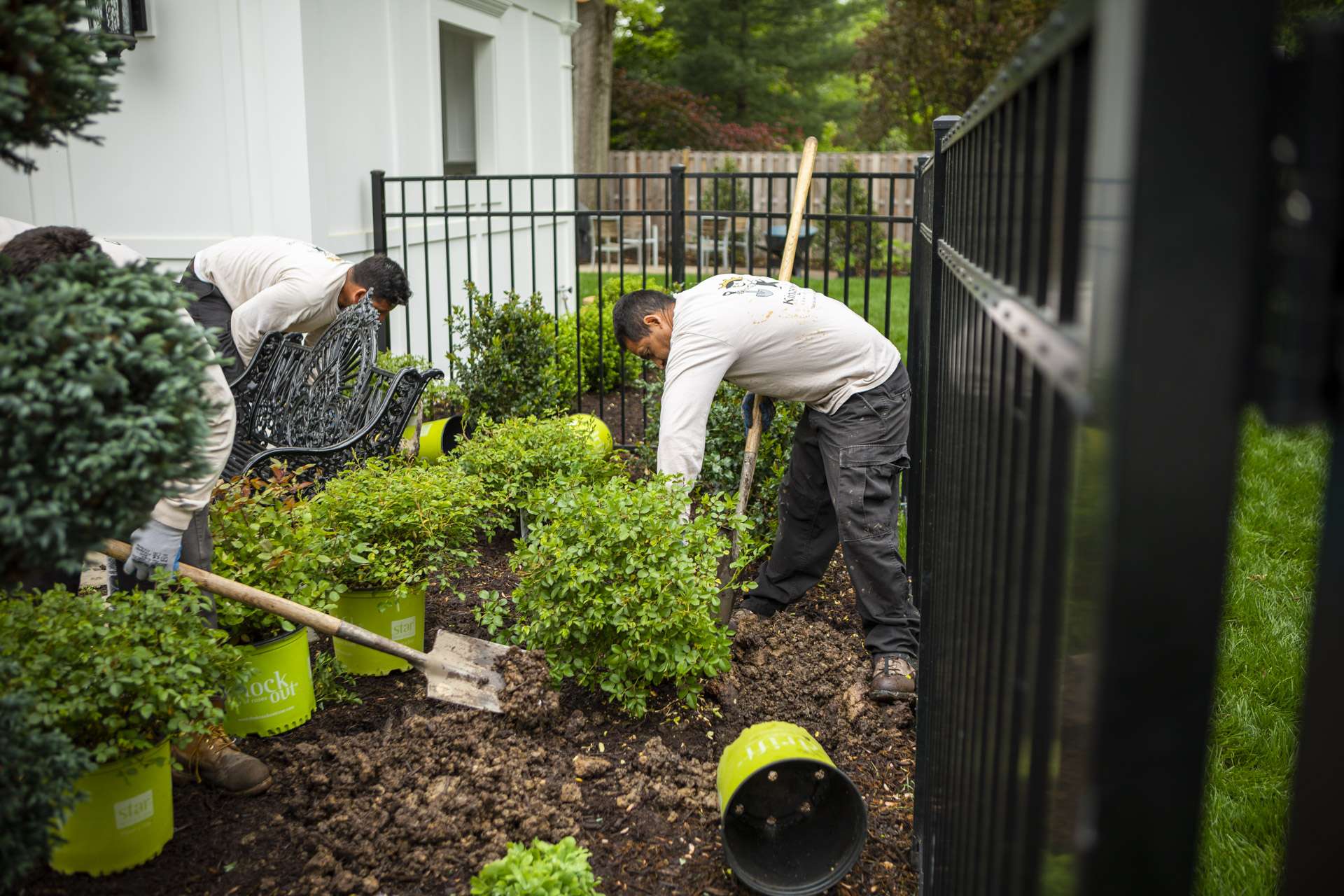

Seasonal Gardening
When Is It Too Late To Plant Shrubs In Virginia
Modified: January 22, 2024
Discover the ideal planting time for shrubs in Virginia and optimize your seasonal gardening. Find out when it's too late to plant and ensure a successful garden.
(Many of the links in this article redirect to a specific reviewed product. Your purchase of these products through affiliate links helps to generate commission for Chicagolandgardening.com, at no extra cost. Learn more)
Table of Contents
Introduction
Gardening enthusiasts in Virginia know that choosing the right time to plant shrubs is crucial for their success. While the optimal planting period for shrubs typically falls in the spring and fall, it’s not uncommon for circumstances to arise that delay planting plans. Whether it’s due to a busy schedule, unexpected weather conditions, or simply taking time to plan and prepare, many gardeners find themselves wondering if it’s too late to plant shrubs in Virginia.
Fortunately, the answer to this question isn’t always a definitive “yes” or “no.” The ideal planting time for shrubs can vary depending on several factors, including the specific shrub variety, climate conditions, and the region within Virginia. By understanding these factors and considering the average first frost date in your area, you can determine whether it’s still feasible to plant shrubs and take steps to ensure their successful establishment.
In this article, we will explore the various factors that are crucial to consider when deciding whether or not it’s too late to plant shrubs in Virginia. We will also discuss the recommended planting time for shrubs, the risks associated with late planting, and provide some helpful tips for those who find themselves in this situation. So, if you’re eager to beautify your garden with shrubs but worry it might be too late, read on to find out what you need to know!
Factors to Consider
When determining if it’s too late to plant shrubs in Virginia, there are several factors that you must take into consideration:
- Shrub Variety: Different shrub varieties have different planting requirements. Some shrubs are more resilient and can tolerate late planting better than others. Research the specific variety you are considering and determine if it has a higher chance of survival when planted late in the season.
- Climate Conditions: Virginia experiences a range of climates, from the milder coastal regions to the colder Appalachian mountains. The microclimate of your specific area can affect the viability of late planting. Consider the average temperatures and weather patterns, as well as any expected extreme weather events like heatwaves or cold snaps, before deciding to plant shrubs.
- Soil Conditions: The condition and quality of your soil can greatly impact the success of late-planted shrubs. If your soil is nutrient-poor, heavy clay, or lacks proper drainage, it may be challenging for shrubs to establish themselves. Assess your soil health and make necessary amendments before planting, regardless of the time of year.
- Planting Location: The location where you plan to plant your shrubs is another crucial factor. Consider the amount of sunlight, shade, wind exposure, and proximity to buildings or trees that may impact the microclimate around the shrubs. These factors can influence how well late-planted shrubs adapt and thrive.
- Availability of Resources: Late planting of shrubs requires extra care and attention. Assess whether you have the resources, such as time and access to water, to provide the necessary support to help newly planted shrubs establish their roots before winter sets in.
By taking all these factors into account, you will have a better understanding of whether it’s feasible to plant shrubs at a later time in Virginia. Remember, it’s essential to make an informed decision based on your unique circumstances, considering both the needs of the shrubs and the conditions they will face.
Average First Frost Date in Virginia
One of the key factors to consider when determining if it’s too late to plant shrubs in Virginia is the average first frost date in your region. The first frost marks the end of the growing season and can have a significant impact on the success of late-planted shrubs.
In Virginia, the average first frost date varies across the state. In the northern regions, such as Winchester and Leesburg, the first frost typically occurs around mid to late October. In central areas, including Richmond and Charlottesville, the first frost date is usually in late October to early November. Further south, in cities like Norfolk and Virginia Beach, the first frost may not occur until early to mid-November.
Understanding the average first frost date can help you gauge how much time you have left to plant shrubs before the cold weather sets in. If it’s still a few weeks away, you may have enough time to plant and allow the shrubs to establish their root systems before the ground freezes. However, if the first frost date is quickly approaching, it may be best to delay planting until the following spring.
It’s important to note that the first frost date is just an average, and actual frost dates can vary from year to year. Factors such as climate change and weather patterns can influence when the first frost occurs. Additionally, microclimates within Virginia can impact frost dates. For example, areas with higher elevation or proximity to bodies of water may experience different frost dates compared to surrounding regions.
To get a more accurate estimate of the first frost date in your specific area, consult local gardening resources, such as the Virginia Cooperative Extension or gardening forums. These sources can provide valuable insights based on historical data and trends in your region.
By knowing the average first frost date in your area, you can make an informed decision about whether it’s too late to plant shrubs or if you still have time to add beauty and vibrancy to your garden before winter arrives.
Recommended Planting Time for Shrubs in Virginia
While the optimal planting time for shrubs in Virginia is generally in the spring and fall, there are specific periods within these seasons that are considered ideal. By following these recommendations, you give your shrubs the best chance of establishing strong root systems and thriving in your garden.
Spring Planting: In Virginia, the recommended time for spring planting of shrubs is typically from late March to mid-May. During this period, the soil has warmed up, and the risk of frost and freezing temperatures is minimal. Spring planting allows shrubs to take advantage of the longer growing season and establish their roots before the hot summer months.
Fall Planting: Fall is also an excellent time to plant shrubs in Virginia, as the weather generally becomes cooler and more conducive to root development. The recommended fall planting window for shrubs is from late September to early November. During this time, the soil is still warm enough for root growth, but the cooler temperatures reduce the stress on plants. Fall planting allows shrubs to establish root systems during the cooler months, giving them a head start in the following spring.
It’s important to note that exact planting dates may vary depending on the specific shrub variety and your location within Virginia. Additionally, factors such as weather patterns and individual plant health should be considered when determining the best planting time.
If you find yourself outside the recommended planting windows in spring or fall, it’s still possible to plant shrubs, albeit with some additional considerations. Late planting in Virginia can present challenges, as shrubs have less time to establish their roots before the winter cold sets in. However, with proper care and attention, you can increase the chances of success.
Next, we will explore the risks associated with late planting and provide some helpful tips for those who find themselves in this situation.
Late Planting Risks
Late planting of shrubs in Virginia comes with its fair share of risks and challenges. When shrubs are planted close to or after the first frost date, they have less time to establish their root systems before the winter cold sets in. This shortened period for root development can lead to several potential risks:
- Frost Damage: Late-planted shrubs are more susceptible to frost damage due to insufficient time to develop strong roots and harden off before the arrival of freezing temperatures. Frost can cause damage to the plant’s foliage and stems, leading to stunted growth or even death.
- Drought Stress: Late-planted shrubs may struggle to withstand drought conditions as they have not had enough time to establish a strong root system that can access water in the soil. This can result in wilting, leaf drop, and overall poor plant health during the dry summer months.
- Poor Establishment: Late-planted shrubs may have a harder time establishing themselves in the soil due to the colder temperatures and shorter daylight hours. This can result in slower growth and delayed flowering. It may take longer for late-planted shrubs to fully adapt and thrive in their new environment.
- Increased Stress: Late-planted shrubs have to contend with the stress of transitioning from a nursery environment to the garden during suboptimal conditions. This added stress can weaken the plants’ overall health and make them more susceptible to pests and diseases.
- Higher Maintenance Needs: Late-planted shrubs often require additional care and attention to help them overcome the challenges they face. Extra watering, mulching, and protection from extreme weather conditions may be necessary during the first growing season to support their establishment.
While late planting does come with inherent risks, it’s important to remember that success is still possible with proper care and mitigation strategies. Taking the time to assess these risks and prepare your shrubs accordingly can significantly increase their chances of survival and subsequent growth.
Tips for Late Planting of Shrubs in Virginia
If you find yourself in a situation where late planting of shrubs is unavoidable in Virginia, there are several tips and strategies you can employ to improve the chances of success:
- Choose Hardy Varieties: Select shrub varieties known for their resilience and ability to withstand adverse conditions. Look for varieties that are specifically recommended for late planting or those that have a track record of successful establishment in challenging circumstances.
- Prepare the Site: Proper site preparation is crucial for late-planted shrubs. Ensure the planting area is free from weeds, well-drained, and amended with organic matter to improve soil fertility and structure. Loosen the soil to allow for easier root penetration and establishment.
- Mulch: Apply a layer of organic mulch around the base of the shrubs, leaving a small space around the stem for air circulation. Mulch helps conserve moisture, regulate soil temperature, and suppress weed growth. It also provides some insulation against extreme temperatures.
- Water Adequately: Late-planted shrubs need proper hydration to support root establishment. Water deeply and regularly, especially during periods of drought. Monitor soil moisture levels and adjust watering accordingly. Avoid overwatering, as it can lead to root rot and other plant health issues.
- Protect from Extreme Weather: Shield late-planted shrubs from harsh weather conditions, such as strong winds and extreme temperatures. Consider using temporary windbreaks, plant shelters, or fabric covers to provide some protection until the shrubs are well-established.
- Monitor and Address Pests and Diseases: Late-planted shrubs may be more susceptible to pest infestations and diseases due to their weakened state. Regularly inspect the plants for signs of pests or diseases and take appropriate measures to address any issues promptly.
- Provide Extra Care in the following Spring: Once the late-planted shrubs have survived the winter, provide extra care in the following spring to help them rebound and thrive. Fertilize, prune as necessary, and continue to monitor their water needs. This extra attention can help compensate for any setbacks they experienced during late planting.
By following these tips, you can increase the likelihood of success when planting shrubs later in the season in Virginia. Remember to be patient with the establishment process, as late-planted shrubs may take longer to fully adapt and show their true potential.
Conclusion
When it comes to planting shrubs in Virginia, timing is key. While the recommended periods for planting shrubs generally fall in the spring and fall, circumstances may arise that necessitate late planting. While late planting comes with inherent risks, it is still possible to achieve success with the right approach and care.
Understanding the factors to consider, such as shrub variety, climate conditions, soil health, planting location, and availability of resources, is crucial when deciding if it’s too late to plant shrubs. Additionally, being aware of the average first frost date in your region can help determine if there is still a window of opportunity for late planting.
Late planting of shrubs in Virginia does come with its share of risks, including frost damage, drought stress, poor establishment, increased stress, and higher maintenance needs. However, with proper planning and implementation of key strategies, you can mitigate these risks and increase the chances of successful establishment.
By choosing hardy varieties, preparing the site, mulching, watering adequately, protecting from extreme weather, addressing pests and diseases, and providing extra care in the following spring, you can enhance the likelihood of success with late-planted shrubs.
Remember, gardening is a continuous learning process, and each season presents new challenges and opportunities. If you find yourself facing late planting, embrace the learning experience and adapt your gardening practices accordingly. With patience, knowledge, and a little extra effort, you can still enjoy the beauty and benefits of shrubs in your Virginia garden, even when planting time is not ideal.
